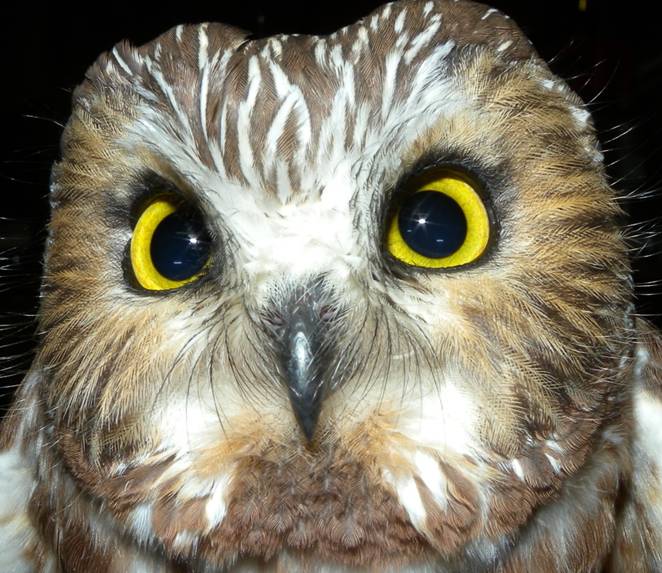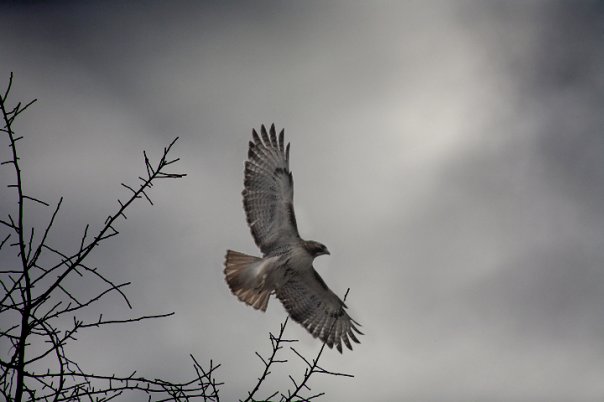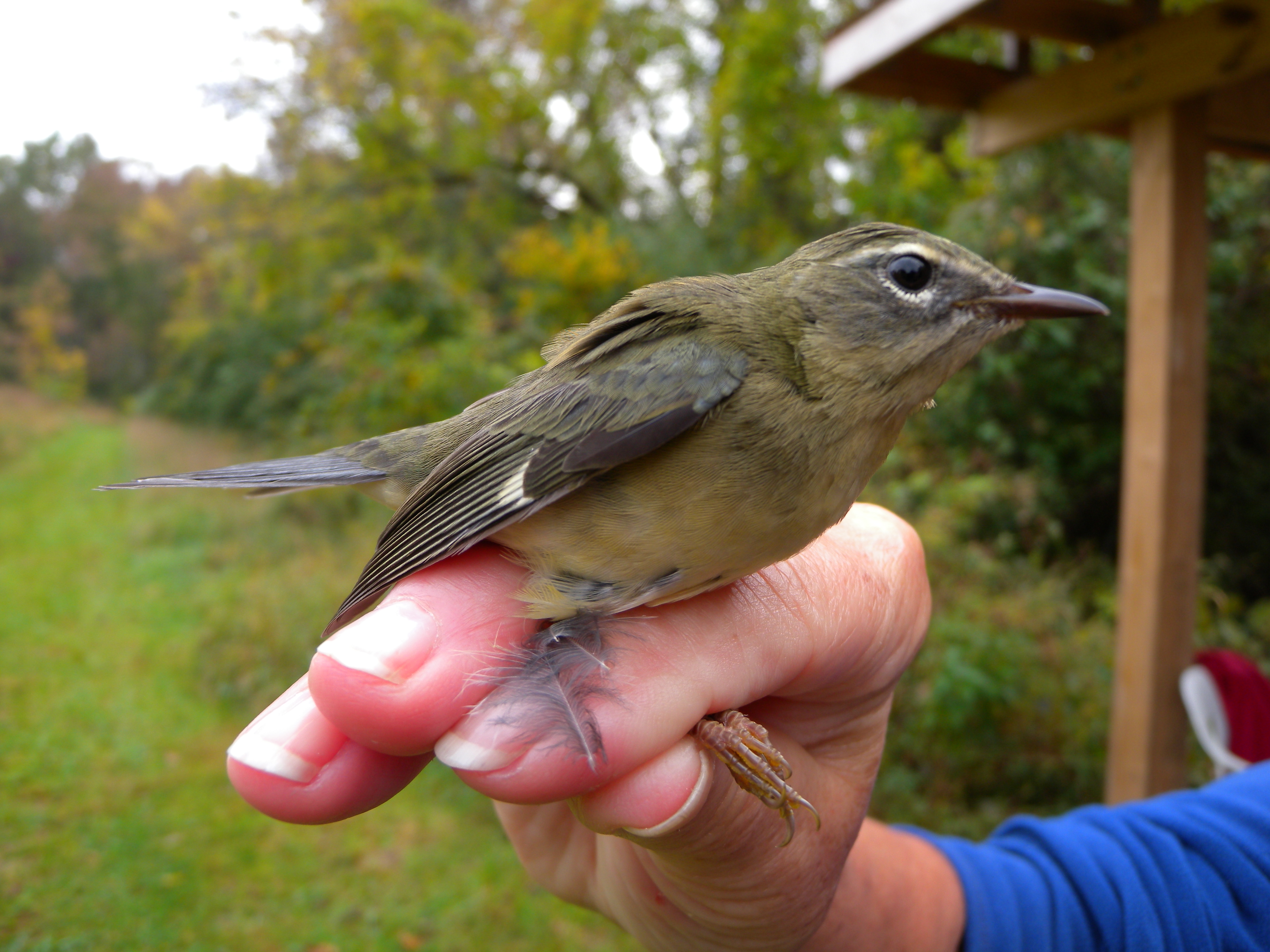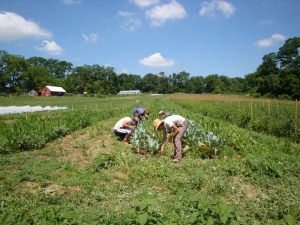~Scott Weidensaul, Author & Naturalist

voice, and their secretive habit makes them very exciting to spot creeping along a tree trunk. They sing of trees, crawl up and down trees, place their nests behind flaps of loose bark on trees, and even look like they are cut from the same cloth of tree bark. Their long , gnarly toes even remind be of tiny tree branches, and their marvelously curved bill is perfectly suited to “tickling the tree trunks” for insects. What a wonderful little bird.

2011 NSWO Update!
You’re invited to the Rushton Woods Banding Station this fall for a rendez vous under the stars to observe first-hand the techniques and uses of bird banding and to learn about the biology of Northern Saw-whet Owls. We will open to the public from October 20 until November 23 with Thursday, Friday and Saturday evenings available, but we can accept visitors on a RESERVATION BASIS ONLY. Many people wish to visit our station with the hope of seeing these owls up-close, but our space is extremely limited.
The monitoring of Northern Saw-whet Owls (NSWO) is a nocturnal activity whereby this small owl species is caught using a system of loudspeakers (playing their calls) surrounded by mist nets in which the owls become entangled. The information collected from this process gives scientists information about the cyclical nature of the migratory cycles of these species and their reproductive success.
Please reserve an evening by e-mailing Lisa Kiziuk at lkr@wctrust.org as soon as possible and note that banding is weather dependent as rain or high winds will cause the station to close.
The station is located in the farm shed at Rushton Woods and Farm Preserve and the GPS address to use is 1050 Delchester Road, Malvern, PA 19355. Please note that parking is at a premium and you may be asked to park in the field lot. DRESS WARMLY.
Important NSWO Update!
Yesterday we received news that one of our “Rushton NSWOs” was caught at the Observatoire d’Oseaux de Tadoussac in Quebec. Here is the link to the observatory where she was caught on October 3 2011: http://www.explos-nature.qc.ca/oot/. NSWO number 0494-81906, or “Frenchy” as we call her, was caught at the Rushton Woods Banding Station last year on November 6 and weighed in at 99.3g. She was a “hatch year” owl, which means she was born in the summer of the year we caught her. This year on October 3, she weighed in at 103.3g, a sizable increase, possibly in preparation for migration, and she is now aged as a “second year” owl. We hope to see her again at Rushton this Fall!
New This Year:
In order to help support our long-term monitoring of the population dynamics of Northern Saw-whet Owls, and to improve our understanding of these mysterious night visitors, the Rushton Banding Crew is seeking donations to the program through our newly created “Owl Donation Box.” Your contributions will help financially sustain our continued collection of valuable information about these nocturnal birds, which are discreet and difficult to monitor. Your contributions also help fund our songbird banding efforts.
See you under the stars!
The Rushton Woods Banding Crew
_____________________________________________________________________













